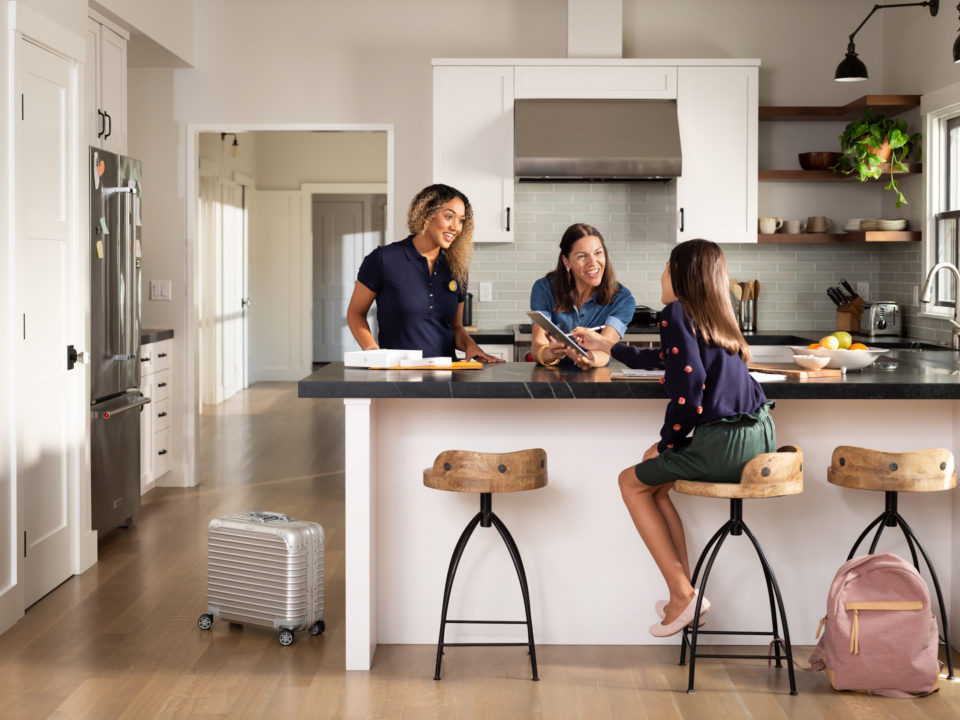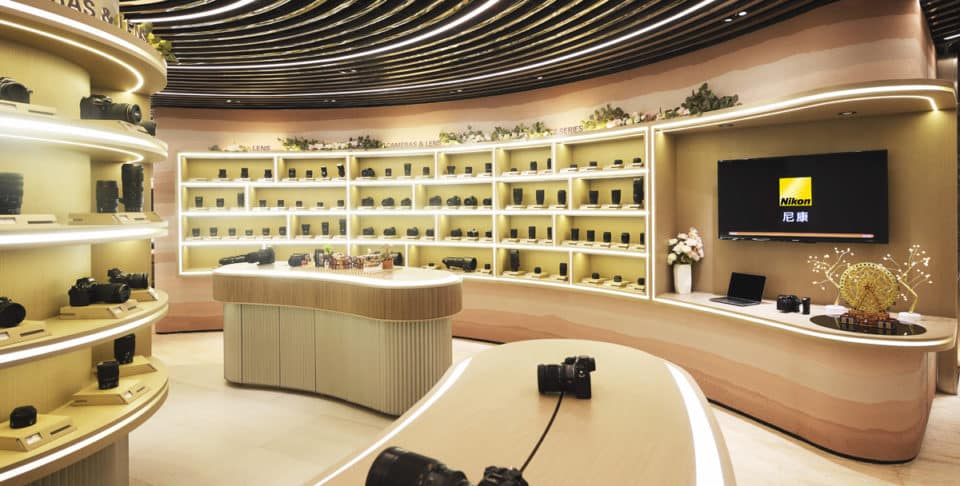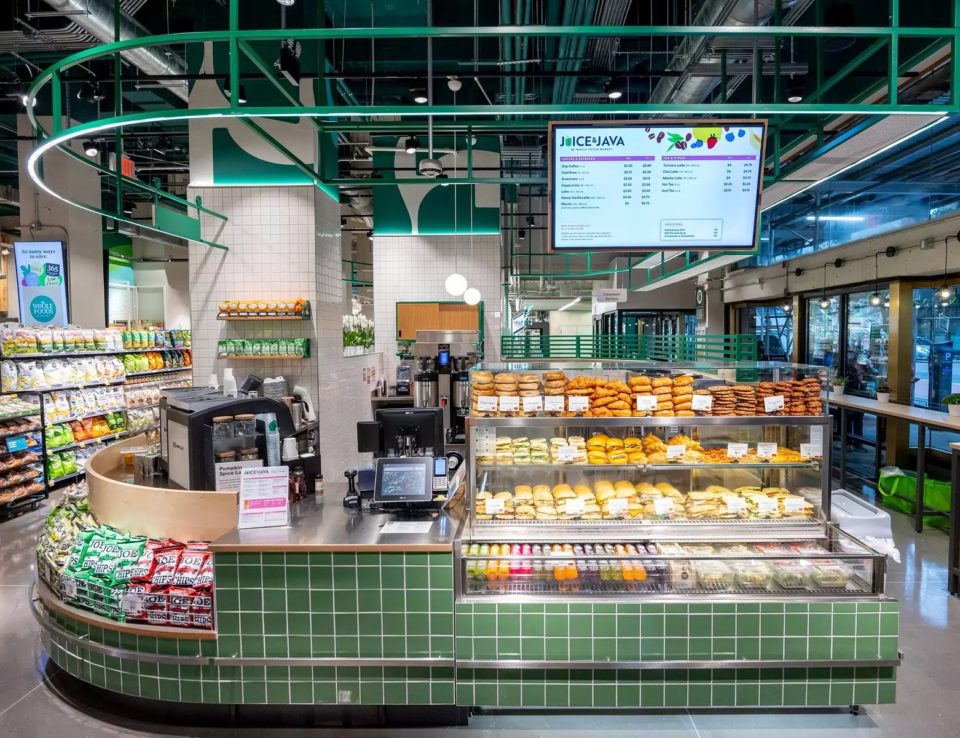Household on reprogramming spaces using retail thinking
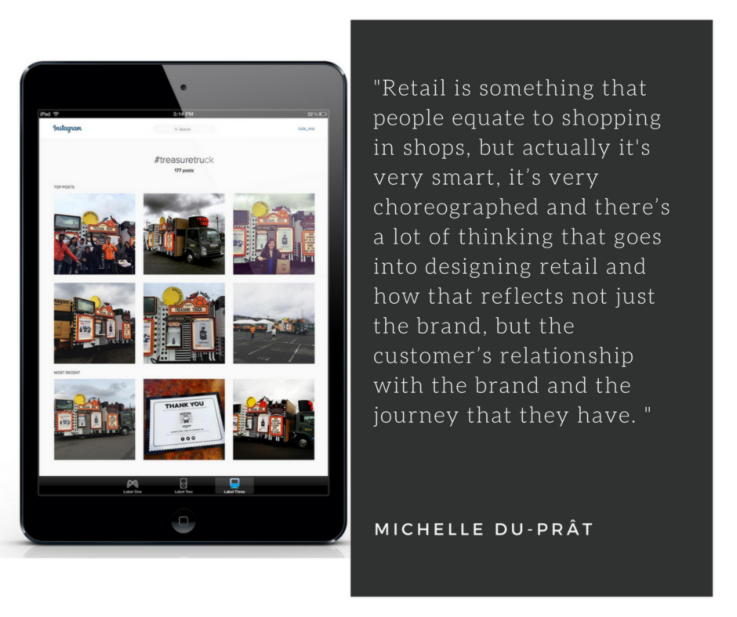
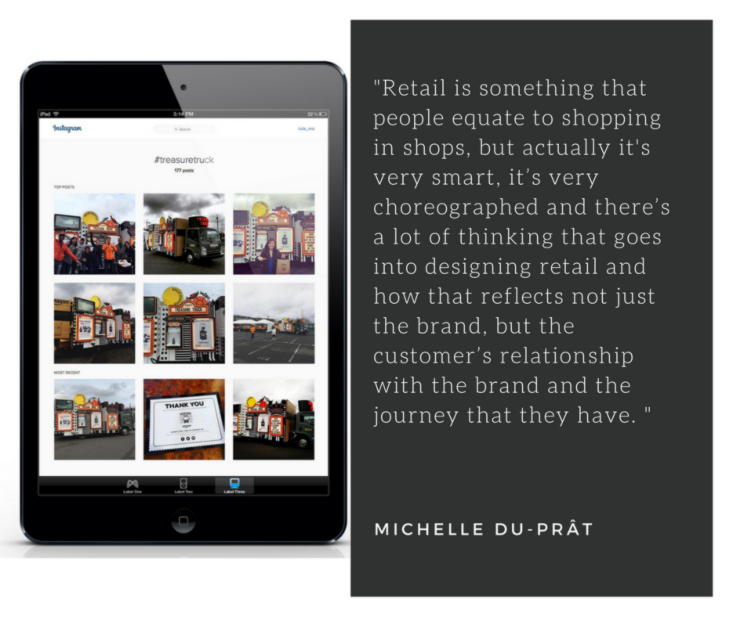
Having led the way in using insight to inform design, super agency Household has recently repositioned itself as using this understanding to design retail culture – namely bringing brands and customers closer together through experience.
We spoke to Strategy Director and Co-founder Michelle Du-Prât about this evolution, gathering useful insights and the changing relationship between brands and the public.
Can you tell us what Household does?
We’ve actually been working on our brand and our positioning, so we’ve got an evolved position that more accurately reflects the role that we’re playing with our clients and the brands that we work with. It better reflects the needs in the market because when we first started out we were quite happy to call ourselves strategic retail designers, which we were. Over the last 12 years that has changed and morphed as clients have come to us to reprogramme space using retail thinking.
Retail is something that people equate to shopping in shops, but actually it’s very smart, it’s very choreographed and there’s a lot of thinking that goes into designing retail and how that reflects not just the brand, but the customer’s relationship with the brand and the journey that they have. We’re beginning to look at a space that we’re defining as ‘designing retail culture’ and that means we are creating places where people and brands are going to come together on more equal terms. It could be in an app, it could be in a disruptive pop-up space, it could be in a store or flagship experience, it could be online.The idea of a more equal relationship between the brand and the customer, which is powered by retail thinking, is where we are seeing our role as an agency.
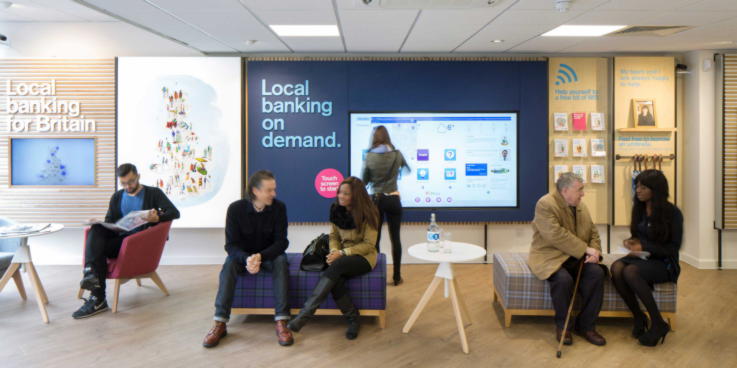
Have you maintained the company’s original innovation and activation process?
When we first set up the company in 2004, it was quite unusual at the time to have a focus on insight in a design agency and we wanted to explain the process to our clients, so that they understood why it was important. As insight has obviously become more and more commonplace over the last five years our process still hinges off insight innovation and activation, because it’s end-to-end, but actually we drill into quite a lot more in terms of the brand, its attributes, the potential that it has and the experiences it can offer therefore as a result, and then actually how those are carried out.
Activation has become so vast that it’s really around the prioritisation of touch points, channels and where that brand can best play and best differentiate. When thinking about innovation, we’re focused more around functional ideas, around engagement ideas, around disruptive ideas.
How do you gather your customer insights?
We’ve launched a new tool this year called Emotiveye, which is a mobile app where we can get more of a real feel for what customers are thinking right now in the moment. We can do some interesting testing with customers in real space, whether it is in their home or out and about, and we can get them to playback what they were thinking and feeling and experiencing, so that we can get a better idea of where the pain points and barriers were in those particular journeys.
We also have a research programme called Tensational, which we’ve been mapping for about two years and it’s an evolving thing. We’ve actually identified ten ways in which we think lives are changing to help us understand for a brand what their role might be in the future, for people who are behaving in this way and increasingly behaving in this way.
For example, it could be about health and beauty and how people feel about their own well being. It could be about their relationship with food. It could be about how people are living alone and how the brands are responding either as more of a companion, as a safety brand or as a brand that just identifies that they want more things for one.It’s really fascinating and that allows us to think into the future and the Emotiveye tool helps us to think about now issues, and we use all of that insight to help us think about what we’re designing and a brand’s potential role and purpose.
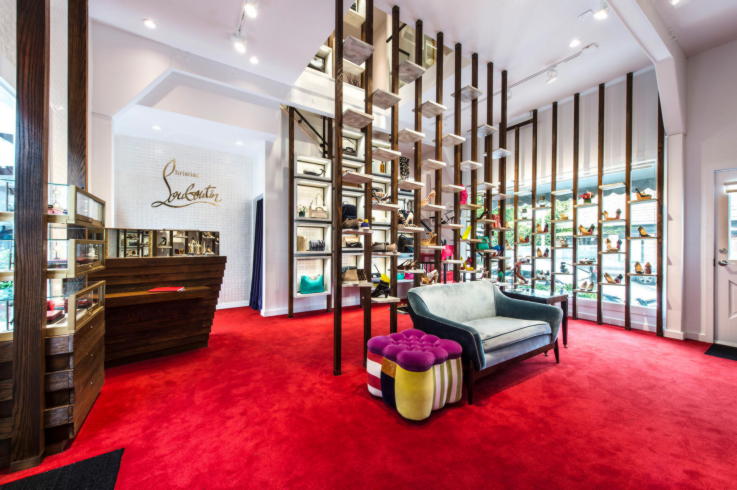
How valuable is it for the brands you work with to have a partner who has these types of insights?
Brands do what they have always done, which is their brand tracker types of in-depth research focus groups and other types of questionnaires, but it’s not very revealing data. It is quite dry data around market segmentation. It’s an overview of types of customers potentially, but actually getting more robust data around customer voice and behaviour is an interesting addition that can really drive innovation and transformation of brands. We are interested in working with the harder data but dialling up a data approach to real customer insights.
We’re thinking around the brand itself, bringing experience and design into branding and defining brands more experientially. It is that customer insight that allows us to do that because it’s actually what people or customers want from that brand.
What are the main things that retailers are asking you to help with currently?
The idea of aspiration that’s accessible – how do you achieve that for a mainstream brand? How do you dial up service design? That’s becoming a really important factor, particularly as the fluidity of online and offline becomes more expected.
Customers are a bit ahead of businesses with legacy systems. They expect to seamlessly move between channels and it doesn’t often work like that. So, when you’re looking at a proposition for a brand and the idea that service is now central to what that could be, not just as a way to keep those customers shopping with you, but also as a way to potentially create new revenue streams getting your customers thinking about what they can get from your brand in different ways is key. I think most brands are looking for a way to find that richer connection and be seen to be more human and real.
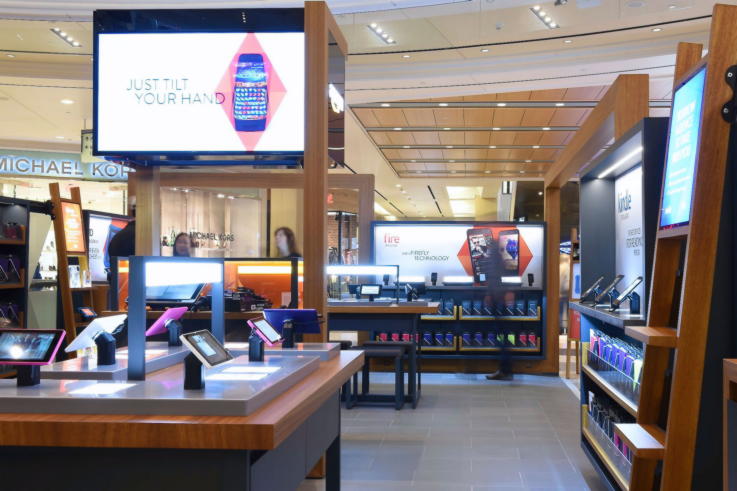
Of the projects you’ve worked on recently which do you think are the most innovative?
We’ve been working with Amazon on their journey into physical retail spaces. There are two areas that we’ve worked with their device marketing team on around the tech ecosystem, so Kindle, Fire tablets and Alexa. We designed kiosks in shopping malls across the US where we’re actually bringing to life that ecosystem, showing how these devices work together, getting customers to experience the content and features in a really playful, unexpected way.
I think Amazon know more than anybody that there is only so much you can say online, and online brands want a piece of the real world because that’s where you get people to fall in love with your products and what you do and get that one-to-one experience. So we’ve been creating these kiosks and they feel very domestic, kind of like a home library, very inclusive and warm and sort of anti-tech. The tech becomes invisible, it’s about the content that you’re playing with and experiencing.
We’ve also been working with Amazon on this thing called the Treasure Truck.Amazon can pretty much sell anything, it’s become everyone’s default, especially if you have Prime, to go on Amazon to look for what you want. They are just so good at finding you something, telling you what others thought about it, giving you the star ratings and then getting it to you quicker than anybody else.
Their idea was to create this experience where they sell one thing each week that people know is a good quality product at a great price. So you download the Treasure Truck app onto your phone and you get alerted to what’s on the truck each week. Then you click to buy, and you can see when the Treasure Truck’s coming to your area and then you can go to the place where it’s going to be and collect your product.
We designed the brand identity for it, so the truck is designed to look like a cardboard box as it is driving around and it’s meant to just put the joy back into shopping. When it arrives, it parks up and it turns into this crazy experience with bubbles blowing out of it, spinning fish, selfie stations – it’s a place where you can try and play with the product you bought, be told about it and to show how it work. It’s the enjoyment of shopping turned on its head and focused on one product. It’s piloting in Seattle at the moment.
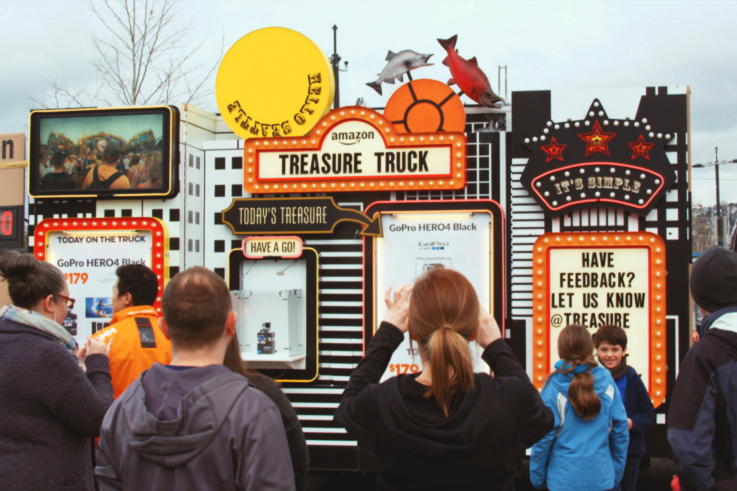
It’s innovative in the way that it understands that we are getting very good at functionally shopping –seeing things, one click to buy, and where is the absolute enjoyment, unless you’re buying something very high-end of course, then you’ll get very special treatment. But if you are wanting to still get a good price, why should that experience be compromised in anyway?
We’d say that is a disruptive experience. You’re turning around the customer expectations to have a sub-standard experience to something that’s really good value with a celebrated experience. It’s convenient, you can shop through the channel you know and still have a real experience at the end of it where you get to talk to someone and have a bit of fun.
How do you measure the performance of these real-world experiences for the brands that you are working with?
There are a lot of ways that we would measure and certainly some of the KPIs that we set at the beginning of a project will revolve around average transaction values, sales uplift, frequency, repeat, depending on the kind of thing that you’re selling.
Other types of measures that we would look at would be around the net promoter score, which is increasingly, and thankfully, a really important measure. It’s not a hard-fiscal measure, but it’s definitely a measure that is more in line with brand interaction and service. So it can link directly back to a service experience that the customer has had which can link into the effort and time that you design into service.
This means, in practical retail terms, sacrificing SKUs for something which doesn’t immediately look like a product that you’re selling, but it’s actually serving to convert more sales. It’s about helping brands to understand that all the channels can work together and that when you actually come into a space you’re going to want to experience that differently versus the online. I think that all of the softer measures are coming into view now, which is really great.
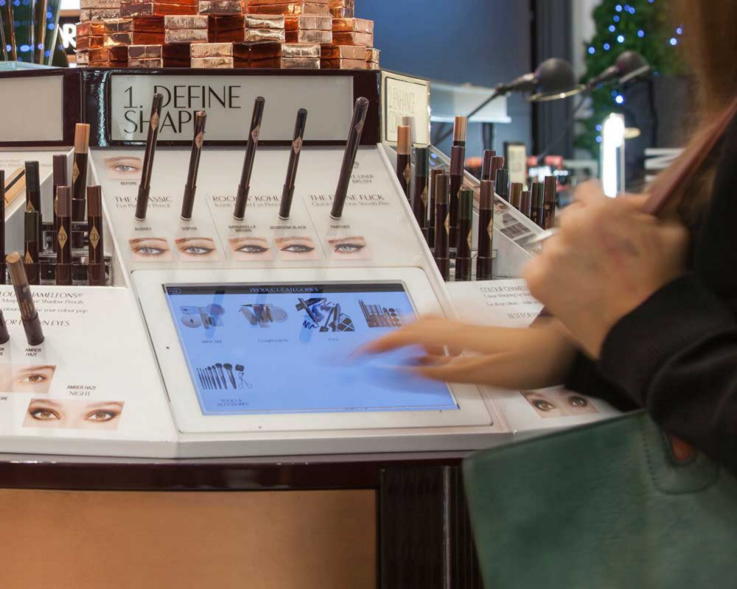
How do you help retailers to personalise their customer experiences?
One of the things that we’re constantly being challenged with is how do we make it more personal. This might be personalising the actual product itself, but what we’re seeing more of is the feeling of personalisation through the journey that you go on, the product that is recommended to you is something that fits exactly your own preferences, personality, lifestyle, and that could be anything from perfumes to how you buy your phone contract. I think it’s again the service journey and how you experience that is elevating the sense of personalisation, and they are becoming an extremely important part of the brand and the brand experience.
How do you think a store in a big city needs to differ from a brand’s branches in smaller towns?
We worked on the rebrand of Boots across all the stores in 2007. We looked at the formats then and we understood, as you would at that time, that a flagship store has the best of everything and is more of a destination. It feels a bit more premium and you spend more time there.
Today we’re talking a lot about local formats in cities and brands looking to create a more convenient format because they can supplement breadth through an online offer in parallel with the store. What we’ve been seeing is the horror of the click and collect experience which we’re all doing and we think is really easy and you click and that’s done.
Actually what is happening is when you go to the click and collect part of a store, it’s a terrible experience and you’re waiting in a queue and experiencing all the things that you thought you had fast-tracked. You’ve got a click and collect element where people are complaining, they’re a captive audience and there’s nothing to join up that in-store journey with their online shopping experience. We are offering a service but the execution of it is really poor.
There seems to be an inability to understand how we’re actually shopping and what those city branches need to be doing is to offer a better impulse experience, combined with convenience and all the different joined up ways in which we’re shopping, as opposed to just tacking on click and collect as a service. I think those are the sort of things that are the big ones to tackle in 2017.
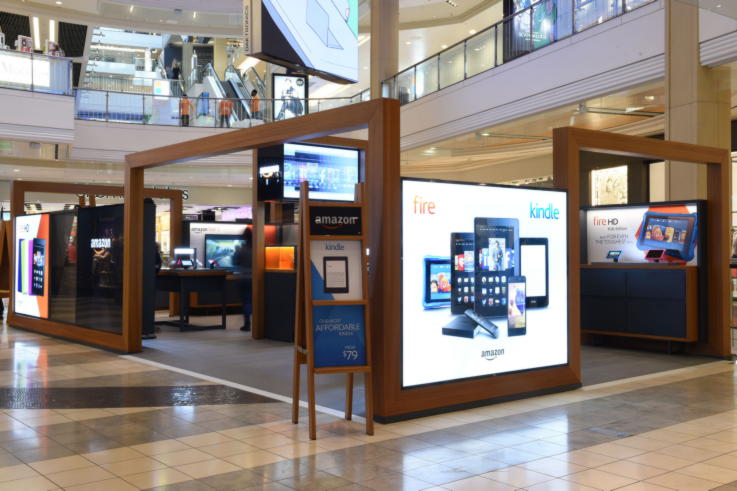
What will the stores with the best customer experience be doing in the future?
We hear a lot about artificial intelligence (AI) and Alexa is just a tiny little moment of what AI is going to be and chatbots and voice recognition and all those things. I think recognition in itself, is quite an interesting one. I think the classic thing is that you look back to go forward don’t you? So the guy standing at the door saying “Hello, Mrs so-and-so” is something that lots of loyal customers would have experienced decades ago. I suppose all the things that we see in the future are going to be versions of amazing personal service, being able to even customise the shopping environment.
All the convenience bits that we are seeing in quite a fragmented way will just become quite commonplace. I think brands have got their work cut out for them because they are spending a lot of money now on new infrastructure, replacing their legacy systems, thinking operationally how they deliver this sort of seamlessness that the customer seems to want. But actually, in terms of then creating an experience that supports that, that makes the technology invisible, that’s not an easy feat. I think they’re all going to be critical components and elements to a great shopping experience, and I think brands are picking up on parts of them and doing parts of them quite well, but it’s that full package that will be interesting to help brands develop.
There is an amazing brand called Enjoy, where you buy a product and then you buy a person who is the shop.This is an interesting concept because when you’re buying complex things, it’s actually not even about the purchase, it’s about what happens afterwards. The fact that they are actually developing a brand which is delivered as the service is the shop, is the brand, is the person, and just thinking very differently about what your asset is.
What do you think of the trend towards spaces that showcase but don’t sell anything?
I understand the idea of giving more space and dialling up the theatre, but the idea that we won’t buy anything from a shop anymore, it’s just the opposite. We have so little time and being able to go get something there and then. I think one of the biggest drivers for the Amazon Kiosks that we’ve been working on is that despite being able to get whatever they can sell on Prime now within an hour, the beauty of being able to buy something and have it in your hand there and then, and then walk away on impulse – that’s the highest level of convenience that you can get.
I think we sort of forget that everybody’s in the convenience business. It doesn’t matter whether you’re a luxury brand or not, convenience is at the top of the list for everybody.

